Acoustics & Vibrations Blog Posts
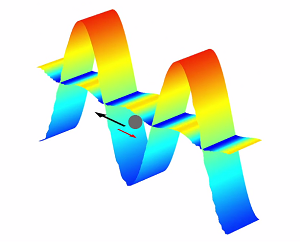
How to Compute the Acoustic Radiation Force
Did you know that objects can actually be moved by sound? This effect is called acoustic radiation, and it is an acoustophoretic phenomenon that can be analyzed in the COMSOL® software.
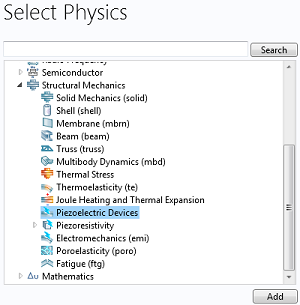
New Piezoelectric Modeling Interface in COMSOL 5.0
As of version 5.0 of COMSOL Multiphysics®, there is a new interface for simulating piezoelectric devices; it has predefined features that make it easy to set up and run a piezoelectric model.
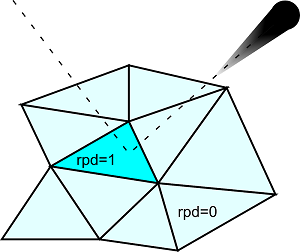
New Accumulators Boost Particle and Ray Tracing Functionality
Accumulators, a series of features available in the Particle Tracing Module, can be used to couple the results of a particle tracing simulation to other physics interfaces.
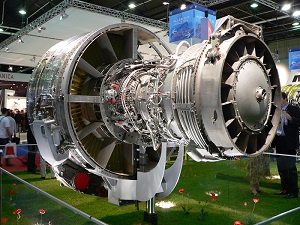
Analyzing Aircraft Engine Noise Through Simulation
By modeling flow duct systems in aircraft engines, it is possible to optimize the shape of certain engine duct parts and the lining properties in order to reduce the sound emission.

Acoustic Levitation Puts a Pure Spin on Medicine Fabrication
Engineers from Argonne National Laboratory used multiphysics simulation and trial-and-error prototyping to optimize the effectiveness of an acoustic levitator for medical fabrication.
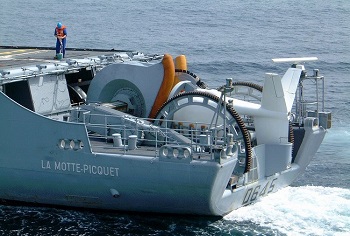
Studying Sonar Systems on a Component Level
Did you know that “sonar” stands for sound navigation and ranging? Using simulation, you can study the individual components of a sonar system, including its electroacoustic transducer.
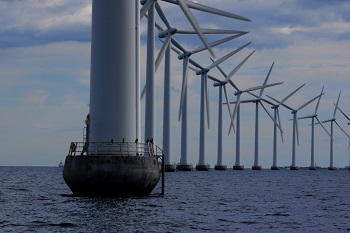
Seas of Change for Wind Turbines
One benefit of placing wind turbines offshore? They can’t be heard! Even better? High winds occur with more regularity offshore, making energy production more effective!
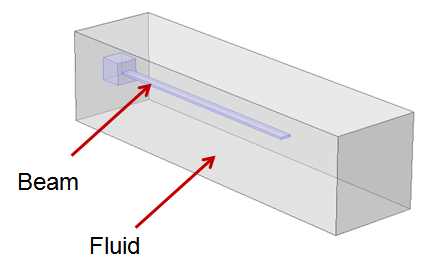
Natural Frequencies of Immersed Beams
A guest blogger from Veryst Engineering demonstrates the modeling of a cantilever beam immersed in a fluid to study its natural frequencies. Read it here >>
